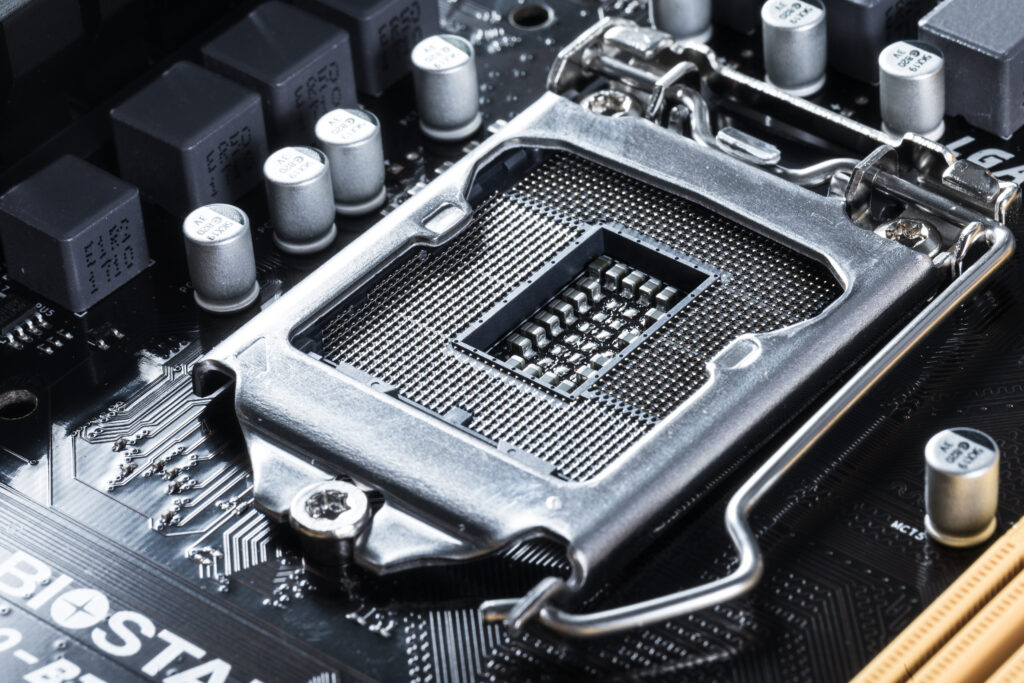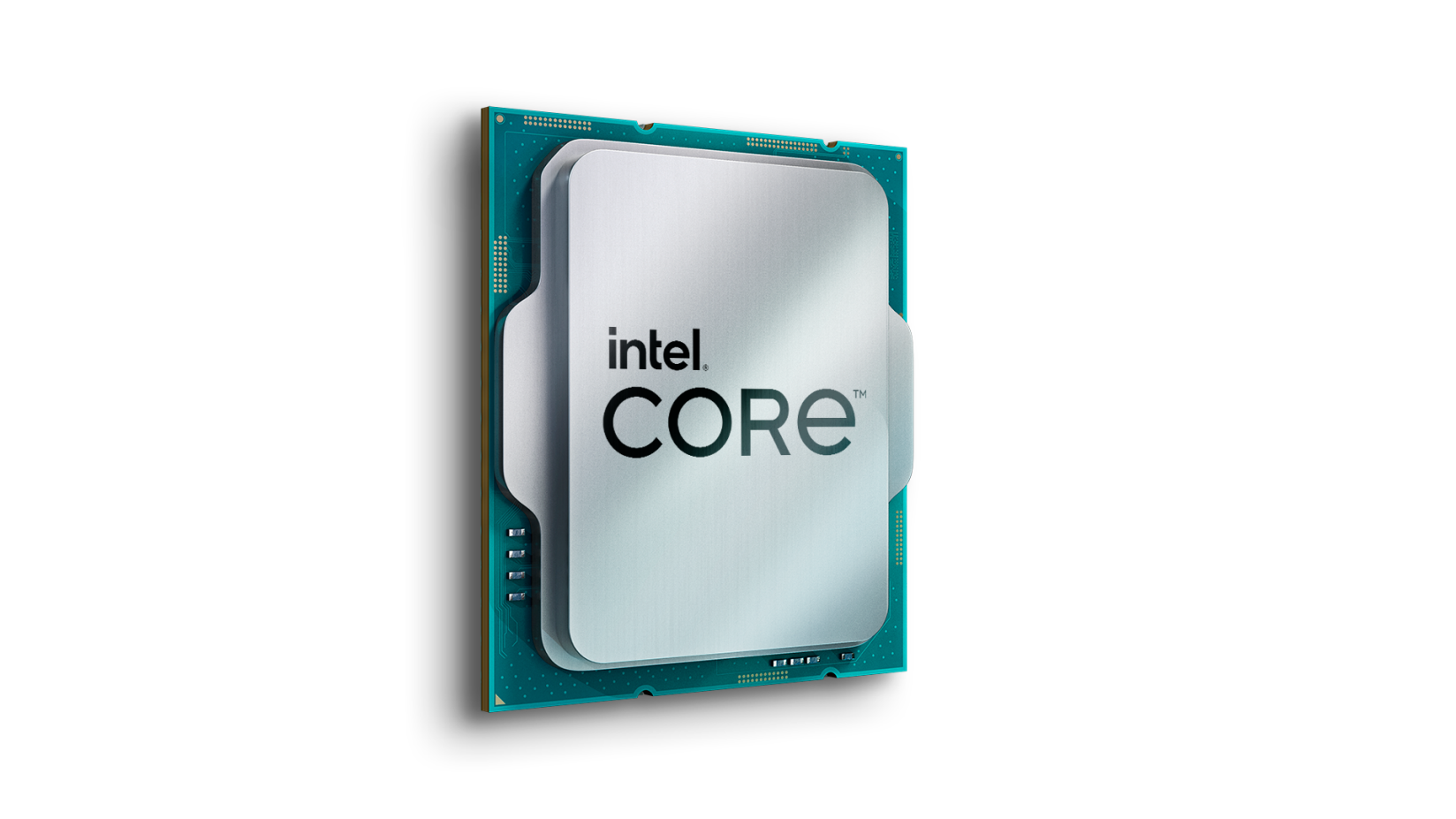What is Intel [Core i] series? Why [Core i]?

table of contents

Hello, this is Sumi from the System Solutions Department.
Recently, Intel announced its next-generation CPU, "Meteor Lake," and announced the launch of new brands "Core Ultra" and "Core."
Along with this, the previous naming convention "Core i 〇" will be changed from the next generation "Meteor Lake" to "Core 〇", marking a break in the history of i.
Furthermore, in addition to the "Core 〇" brand, the high-end "Core Ultra" brand will also be introduced at this time.
Therefore, this time we will introduce an overview of Intel's "Core i series" and why it was named "i series".
What is Intel's [Core i] series?
If you are reading this blog, is it a CPU? I think there are few people who will, so I will omit the detailed explanation, but the CPU performs control and calculations For example, the human brain does the same movements as when it tells the hand to move.
The beginning of [Core i]
Returning to the main topic, Intel's [Core i] series was originally born in January 2010, and the history of the Core i brand began with the first generation development code name "Clarkdale/Arrandale".
At this time, "Clarkdale/Arrandale" was a processor based on Intel's Westmere microarchitecture, and the characteristics of this processor were
●Memory controller integrated at die level:
Integrating the memory controller at the die level allows for faster memory access compared to traditional CPUs. This is because it creates a more efficient communication path between the CPU and memory. Additionally, an integrated memory controller improves the memory bandwidth required by the system for even faster speeds.
●GPU integrated at package level:
When GPUs are integrated at the package level, they improve graphics performance on devices such as desktops and laptops. With the GPU integrated into the package, data transfer between the CPU and GPU becomes more efficient. Additionally, since GPUs are integrated in each package, chips can be placed more densely, making it possible to build smaller and more efficient systems.
By adopting these architectures, second generation processors were able to provide high processing and graphics performance. This processor was suitable for applications that require high-speed processing such as games, video editing, and 3D graphics. (at that time)
Since then, Intel has released a new Core processor to the world at a pace of about once a year.
Each of these processor generations brought new features and performance improvements. Intel's Core i series has become a fast and reliable choice for many users.
History of [Core i]
| appearance | generation | Development name |
| 2011 | 2nd generation | Sandy Bridge |
| 2012 | 3rd generation | Ivy Bridge |
| 2013 | 4th generation | Haswell |
| 2014 | 5th generation | Broadwell |
| 2015 | 6th generation | Skylake |
| 2016 | 7th generation | Kaby Lake |
| 2017 | 7th generation | Kaby Lake Refresh |
| 2017 | 8th generation | Coffee Lake |
| 2018 | 8th generation | Cannon Lake |
| 2018 | 8th generation | Whiskey Lake |
| 2018 | 9th generation | Coffee Lake Refresh |
| 2019 | 10th generation | Ice Lake |
| 2020 | 11th generation | Tiger Lake |
| 2021 | 12th generation | Alder Lake |
| 2022 | 13th generation | Raptor Lake |
| 2023? | 14th generation | Meteor Lake |
Specifications for each Core i
Furthermore, we have introduced model numbers such as "Core i3," "Core i5," "Core i7," and "Core i9" to express the level and segment of each model.
This makes it easier to understand product performance and price range.
I made a quick reference table. *13th generation reference
| item | Core i3 | Core i5 | Core i7 | Core i9 |
| price | cheap | middle | expensive | high end |
| performance | Low | common | High | high end |
| Number of cores | 2~4 | 4~6 | 6~8 | 8~16 |
| Number of threads | 4~8 | 8~12 | 12~16 | 16~32 |
| cache | 4-12MB | 6-16MB | 12-24MB | 16-32MB |
| TDP | 65~95W | 65~125W | 95~190W | 125~240W |
| Purpose | light work | Common uses | heavy work | high end |
By combining the generation and model number, it will be written as "Core i3 13100". *This indicates that it is a 13th generation Core i3.
Starting from the next game, Meteor Lake, it will be called the Core series instead of the Core i series, so the concept of generation in brand notation will disappear, and it will be written only by the processor number.
Furthermore, the high-end model is expected to be the Core Ultra series, and even people who are not familiar with CPUs will recognize it as a model with high performance because it is Ultra.
Why was it named [Core i]?
●Brand renewal and differentiation:
Intel has been using the Pentium brand for a long time, but they sought to differentiate themselves by revamping their product lineup and introducing a new brand name. The Core i series was chosen to break away from the brand's past and create an image for a new product family.
●Emphasis on the importance of core:
The name "Core" was chosen to emphasize the importance of the central core of the CPU. Intel is focused on increasing the number of cores and improving performance, and the Core i series has become a symbol of this.
●Leveling and segmentation:
There are various models in the Core i series, and levels and segments are expressed by combinations of numbers and letters. For example, Core i7 refers to high-end performance-oriented products, while Core i5 refers to products with medium performance. This leveling and segmentation has made it easier for consumers to understand product performance and price ranges.
●Global brand strategy:
As Intel expands into global markets, it needed to use its brand name consistently. The Core i series is an internationally recognized, easy-to-remember name that provides uniformity across different languages and regions.
summary
Intel's Core i series started with the first generation Clarkdale/Arrandale released in 2010. The Core i series offers faster memory access and graphics performance than conventional CPUs, making it suitable for applications that require high-speed processing such as games and video editing.
The Core i series has model numbers for each generation: "Core i3", "Core i5", "Core i7", and "Core i9", and the higher the number, the higher the performance. Additionally, in order to expand the Core i series into the global market, the brand name has been unified from "Pentium" to "Core i."
Starting with the 14th generation Meteor Lake, which is scheduled to be released in 2023, Intel plans to change the naming convention for the Core i series and classify it into two brands: "Core" and "Core Ultra." Core Ultra is expected to be a brand for high-end models.
The Core i series will continue to evolve as Intel's flagship CPU series with the Core series and Core Ultra series.
Source: Intel

 11
11







